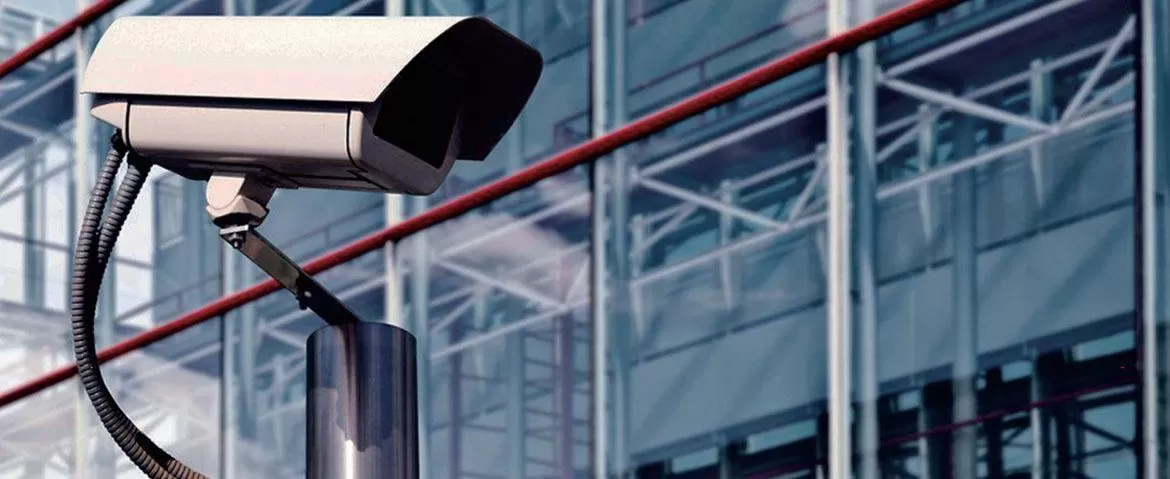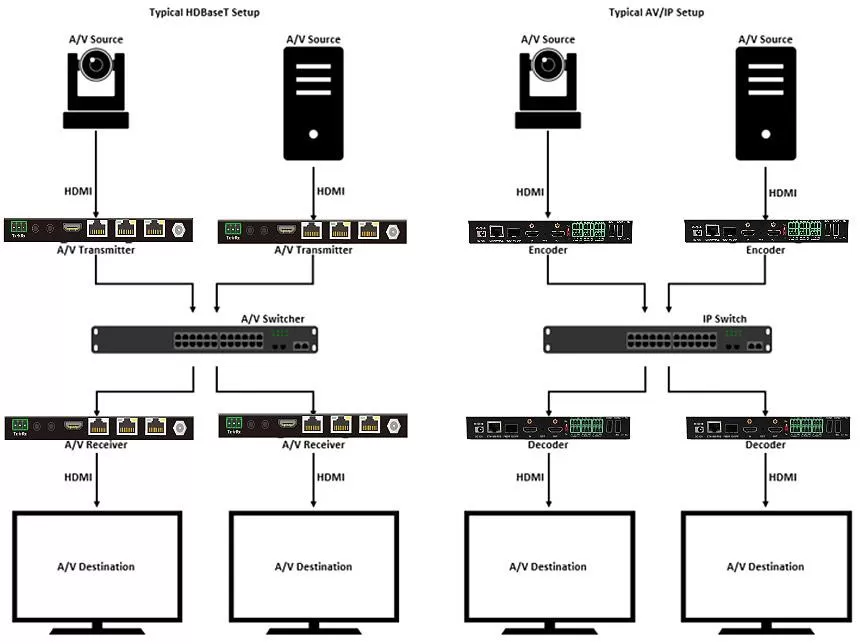iSEMC AV Over IP equipment (NP Pro/NP Lite) supports H.265 and H.264 across the board.
So, What is H.264?
Currently, the codec standards on the market are more complicated. The International Organization for Standardization and Internet giants have published their own codec standards. However, we usually think that H.264 is the leading codec standard, and has been adopted by many mainstream software and hardware products, and supported by many peripheral devices. At the same time, its successor H.265 has also been placed countless hopes.
H.264, also the tenth part of MPEG-4, is a highly compressed digital video codec standard proposed by the Joint Video Group (JVT), which is the ITU-T Video Coding Expert Group (VCEG) and ISO/IEC Moving Picture Experts Group (MPEG). This standard is usually called H.264/AVC (or AVC/H.264 or H.264/MPEG-4AVC or MPEG-4/H.264 AVC).
The biggest advantage of H.264 is its high data compression rate. Under the same image quality, the compression rate of H.264 is more than 2 times that of MPEG-2 and 1.5 to 2 times that of MPEG-4. H.264 compression technology greatly saves users' download time and data traffic costs. While ensuring a high compression rate, H.264 also has higher video quality. Therefore, H.264 has been recognized by people and is widely used in network streaming data, various high-definition TV and satellite TV broadcasts. Except for dedicated hardware encoders and decoders, almost all IP cameras support H.264 encoding. Streaming programs on PCs and mobile phones usually also support it, and many web-based players or streaming platforms also support H.264 decoding. From signal encoding to decoding, the ecology of the use of H.264 is very complete.
What is H.265?How is it different from H.264?
H.265 is also called HEVC (High Efficiency Video Coding), which is a new video coding standard formulated by ITU-TVCEG after H.264. H.265 is mainly based on the existing video coding standard H.264. In addition to retaining some of the original technology, it also adds correlation to improve the relationship between code flow, encoding quality, delay and algorithm complexity. H.265 is designed to transmit high-quality network video under limited bandwidth, and only spends half of the H.264 bandwidth when playing the same quality video. The H.265 standard also supports 4K (4096x2160) and 8K (8192x4320) ultra HD video. It can be said that the H.265 standard enables network video to keep up with the "high resolution" of the display. But in some respects, compared with H.264, the H.265 encoding standard still needs to create a more complete ecosystem. Many platforms that support RTMP streaming do not yet support H.265 decoding, so users who want to use H.265 for streaming must purchase dedicated decoding equipment.









